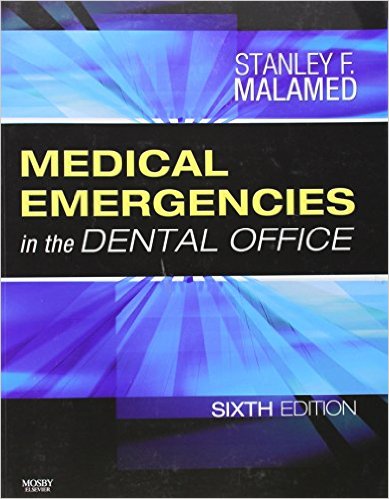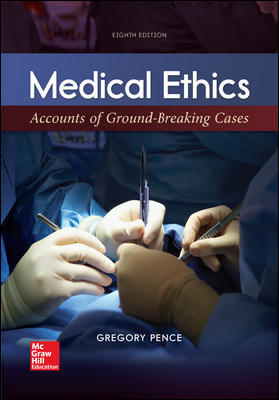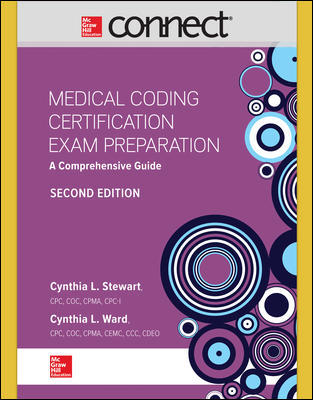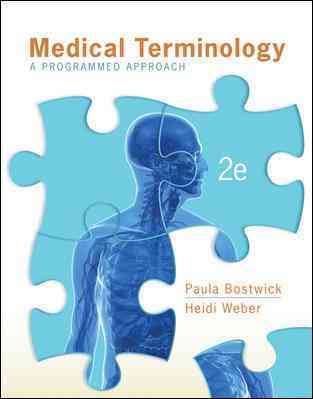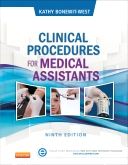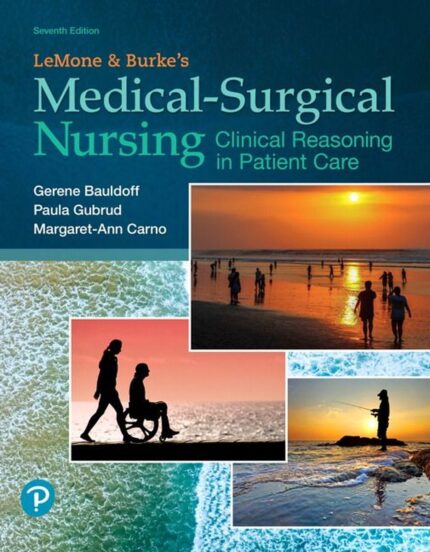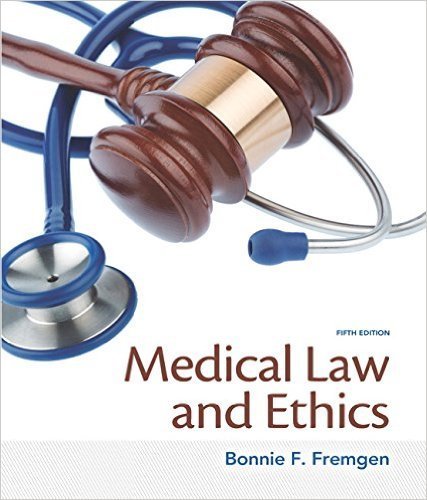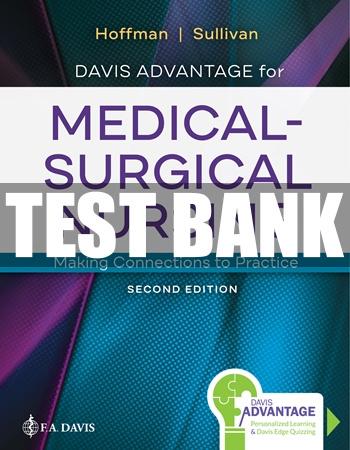Medical Emergencies In the Dental Office 6th Edition by Stanley F. Malamed – Test Bank
Do you need test banks fast? eTestBank.net is the best test bank website for you! Download your test bank right after you pay. No waiting!
Why eTestBank.net is Great:
✅ Instant Download:
Get your test bank right away after payment.
✅ Unlimited Downloads:
Download your test bank anytime and as many times as you want.
✅ 24/7 Live Help:
We are here to help you all day, every day.
✅ Guaranteed Delivery:
If you don’t get the download right away, we will send it to you in 3 to 6 hours.
Malamed: Medical Emergencies in the Dental Office, 6th Edition
Test Bank
Chapter 5: Unconsciousness: General Considerations
MULTIPLE CHOICE
1. Which of the following steps should come last in the management of unconsciousness?
|
a. |
P—position |
|
b. |
A—airway |
|
c. |
B—Breathing |
|
d. |
C—circulation |
|
e. |
D—definitive care |
2. Which of the following is the most common cause of loss of consciousness in the dental environment?
|
a. |
seizures |
|
b. |
orthostatic hypertension |
|
c. |
hyperventilation |
|
d. |
vasodepressor syncope |
|
e. |
acute adrenal insufficiency |
3. Which of the following is a cardiogenic cause of syncope?
|
a. |
carotid sinus disease |
|
b. |
pulmonary embolism |
|
c. |
pheochromocytoma |
|
d. |
hypertrophic cardiomyopathy |
4. Which of the following is not one of the three major categories of drugs used in dentistry?
|
a. |
analgesics |
|
b. |
antianxiety agents |
|
c. |
antiinflammatory agents |
|
d. |
antibiotics |
5. Most adverse reactions to local anesthetics are:
|
a. |
emboli in the brain or heart |
|
b. |
stress-induced |
|
c. |
overdose reactions |
|
d. |
allergy |
6._______________ is the most common mechanism producing syncope.
|
a. |
Transient ischemia |
|
b. |
Bradycardia |
|
c. |
Cerebral anoxia |
|
d. |
Tardive dyskinesia |
7.__________ is the most common cause of loss of consciousness in humans.
|
a. |
Hypotension |
|
b. |
Blunt force trauma |
|
c. |
Tachypnea |
|
d. |
Opioid overdose |
8. Physiologic disturbances that decrease the blood supply to the brain include:
|
a. |
constriction of the peripheral arterioles |
|
b. |
an increase in cardiac output |
|
c. |
failure of normal peripheral vasoconstrictor activity |
|
d. |
dilation of cerebral vessels as carbon dioxide is lost through hyperventilation |

